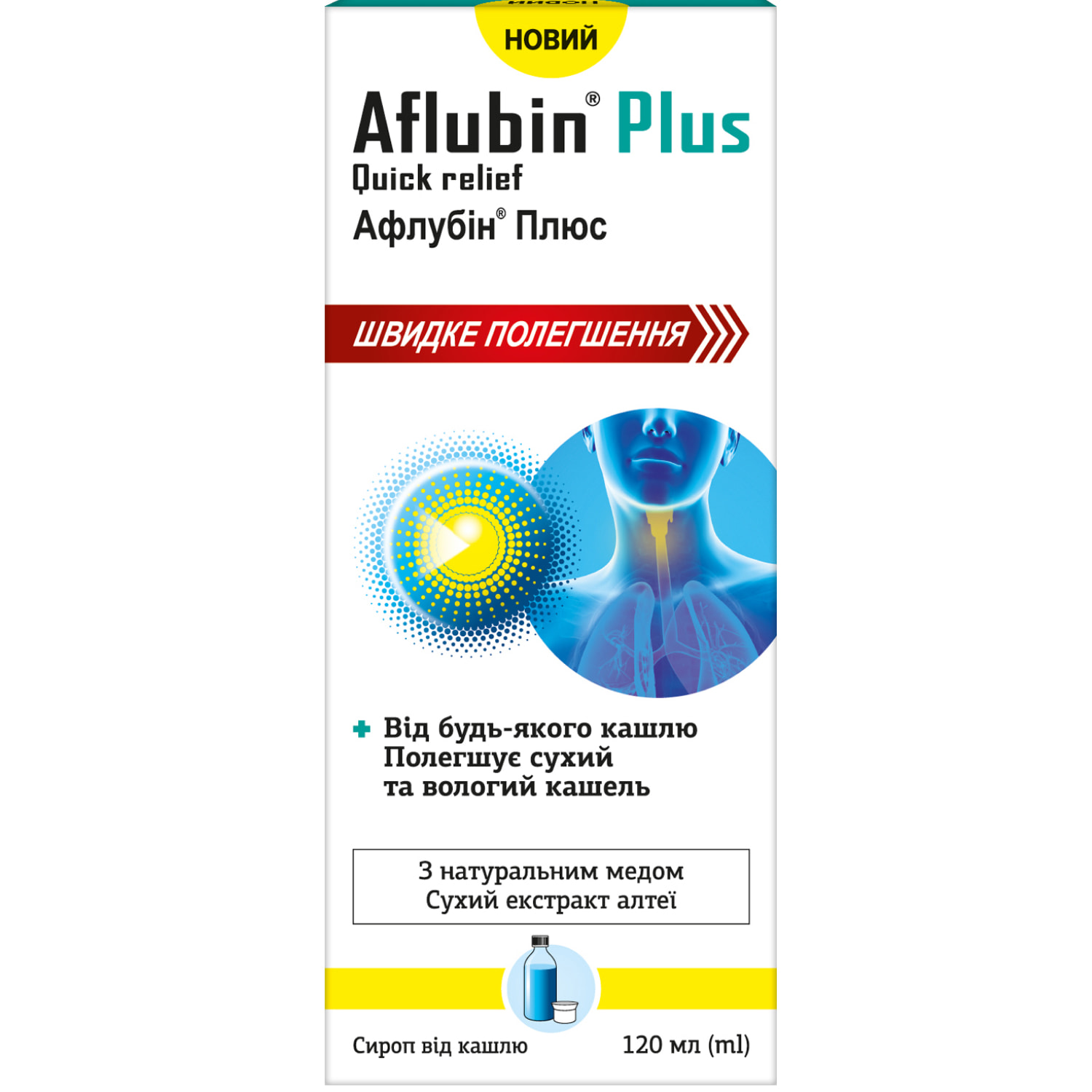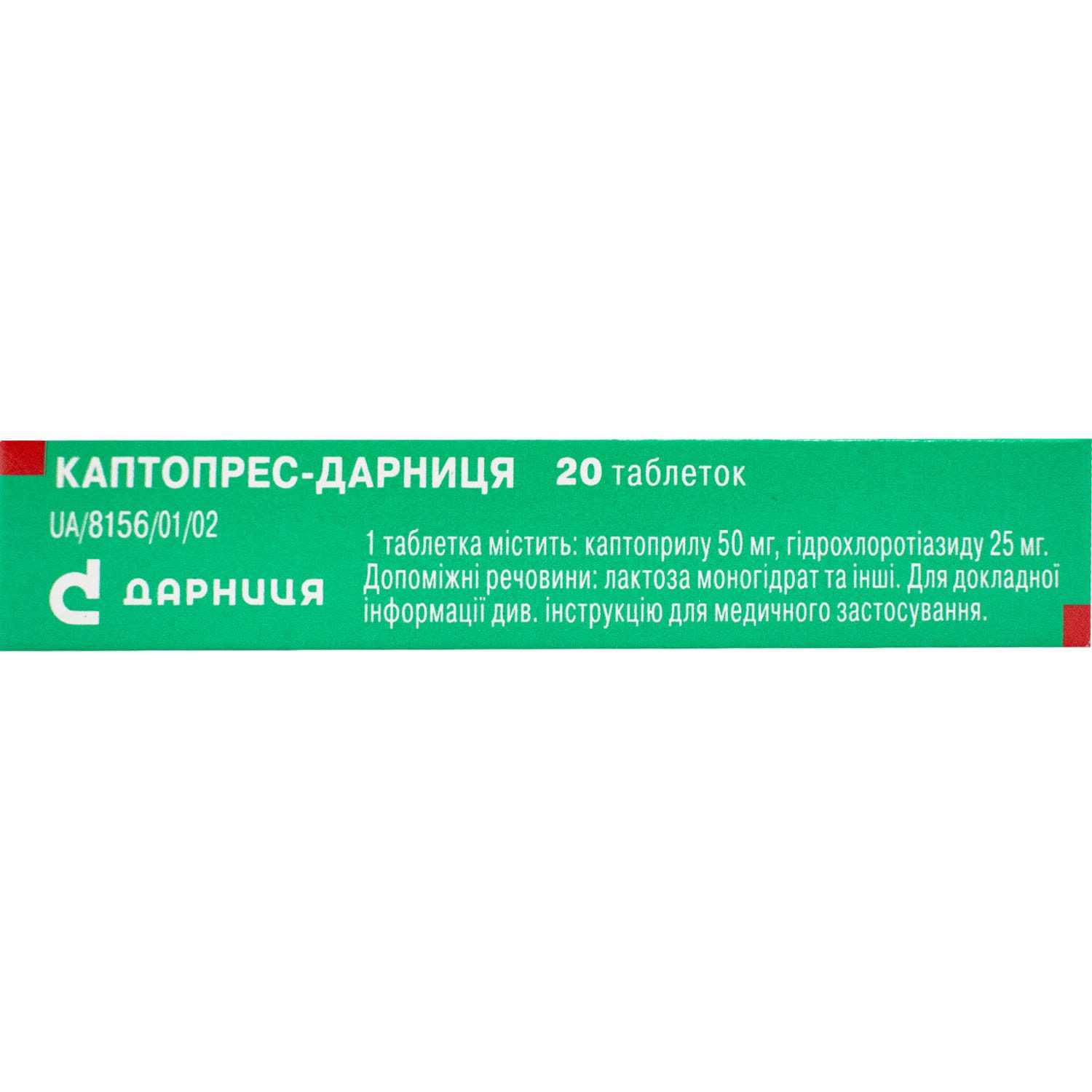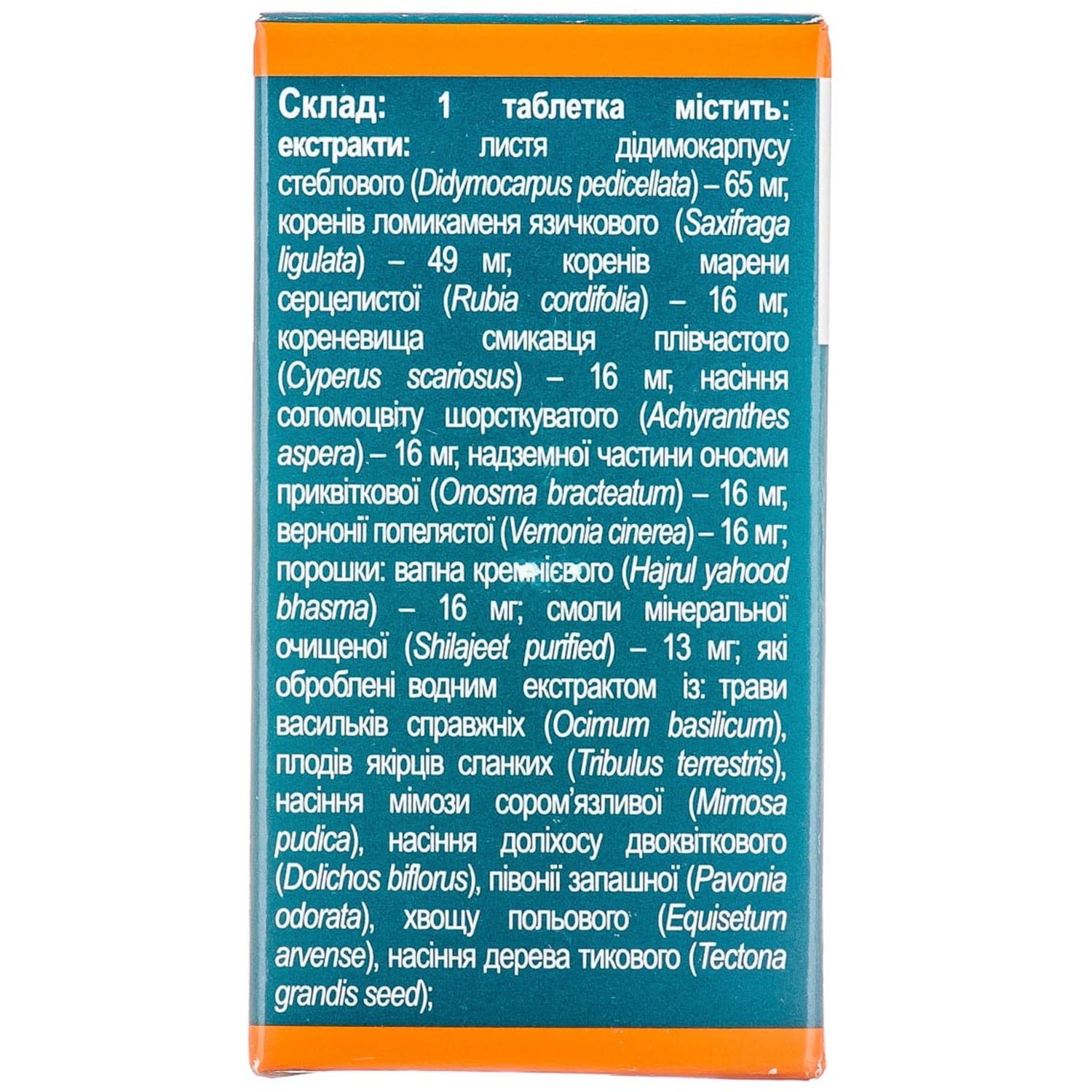Manifestations of side effects can be reduced by short-term use of the minimum effective dose necessary to eliminate symptoms.
In elderly patients, the frequency of adverse reactions caused by the use of NSAIDs increases, especially bleeding from the gastrointestinal tract or perforations, which can be fatal.
Bronchospasm can occur in patients with bronchial asthma or allergic diseases now or in the anamnesis.
It is not recommended to use lozenges with flurbiprofen in parallel with other NSAIDs, including selective COX-2 inhibitors.
Systemic lupus erythematosus and systemic connective tissue diseases – increased risk of aseptic meningitis.
Symptoms of kidney failure: nephrotoxicity. NSAIDs have been reported to cause nephrotoxicity in various forms, including interstitial nephritis, nephrotic syndrome, and renal failure, especially when used in combination with multiple analgesic drugs and in case of long-term habitual use. The use of nonsteroidal anti-inflammatory drugs can lead to a dose-dependent decrease in prostaglandin production and provoke renal failure. The greatest risk of this reaction exists in patients with renal failure, heart failure, impaired liver function, patients taking diuretics, and the elderly. Renal function should be monitored in such patients. However, this effect is usually not observed with short-term, limited use of drugs such as flurbiprofen lozenges.
Violation of liver function. Violation of liver function from mild to moderate severity.
Effect on cardiovascular and cerebrovascular system. It is necessary to start using the drug with caution (after consulting a doctor) in patients who have had high blood pressure and/or heart failure, as fluid retention, high blood pressure, and edema have been reported when using NSAIDs. Conducted clinical research and data from epidemiological studies indicate that the use of some NSAIDs (especially in high doses and for a long time) increases the risk of developing arterial thrombotic complications (for example, myocardial infarction or stroke). There are insufficient data to exclude such a risk in the case of using 5 lozenges per day.
Manifestations from the nervous system. Headache caused by painkillers: in case of long-term use of analgesics or non-compliance with recommendations, a headache may occur, which should not be treated with increased doses of the drug.
Violations of reproductive function in women. The use of flurbiprofen can impair fertility in women, so this drug is not recommended for women who are trying to conceive. It is necessary to consider the expediency of canceling this medicinal product for women who have difficulty getting pregnant or are undergoing an infertility examination.
Effect on the gastrointestinal tract. Gastrointestinal bleeding, ulceration, or perforation, which may be fatal, has been reported with all NSAIDs at any stage of treatment, regardless of the presence of warning symptoms or a history of severe gastrointestinal disturbances. The risk increases with increasing doses of NSAIDs in patients with a history of peptic ulcer disease, especially complicated bleeding or perforation, as well as in the elderly. These patients should be started on the lowest available dose. Combination therapy with protective agents (eg, misoprostol or proton pump inhibitors) is recommended in such patients, as well as in patients requiring concomitant low-dose acetylsalicylic acid or other drugs that may increase gastrointestinal risk. Patients should contact their doctor if they experience any unusual gastrointestinal symptoms (especially gastrointestinal bleeding), particularly at the start of treatment. It should be used with caution in patients receiving concomitant therapy with drugs that increase the risk of ulceration or bleeding, in particular oral corticosteroids, anticoagulants such as warfarin, selective serotonin reuptake inhibitors or antiplatelet agents such as acetylsalicylic acid. If gastrointestinal bleeding or ulceration occurs in patients receiving flurbiprofen, treatment should be discontinued. NSAIDs should be used with caution in patients with a history of gastrointestinal disease (ulcerative colitis, Crohn’s disease), as their condition may worsen.
From the side of the skin and subcutaneous tissue. Very rarely, on the background of taking non-steroidal anti-inflammatory drugs, severe forms of skin reactions can occur, which can be fatal, including exfoliative dermatitis, Stevens-Johnson syndrome and toxic epidermal necrolysis. Flurbiprofen lozenges should be discontinued at the first signs of skin rash, pathological changes in the mucous membranes or any other signs of hypersensitivity.
Infections. Since there have been isolated cases of exacerbation of the infectious inflammatory process (for example, the development of necrotizing fasciitis), which were observed in a temporary connection with the use of systemic NSAIDs as a class, the patient is recommended to immediately consult a doctor in case of signs of bacterial infection or worsening of the condition during therapy with lozenges with flurbiprofen. The need for anti-infective therapy with antibiotics should be considered.
Sugar intolerance. Patients with rare hereditary problems of fructose intolerance, glucose/galactose malabsorption or sucrase-isomaltase insufficiency should not use this medicine.
If symptoms worsen or if new symptoms develop, treatment should be reviewed. If irritation occurs in the oral cavity, the treatment should be discontinued.
Use during pregnancy and breastfeeding
Pregnancy. Inhibition of prostaglandin synthesis may adversely affect pregnancy and/or embryo/fetus development. Data from epidemiological studies indicate an increased risk of miscarriage and congenital heart defects and gastroschisis after using a prostaglandin synthesis inhibitor in early pregnancy. The absolute risk of heart defects increased from 1% to 1.5%. The risk is believed to increase with increasing dose and duration of therapy. In animals, the use of an inhibitor of prostaglandin synthesis during the period of organogenesis led to an increase in the number of cases of various malformations, including those of the cardiovascular system. Flurbiprofen should not be taken during the first two trimesters of pregnancy, unless absolutely necessary. If flurbiprofen is used by a woman who is trying to conceive, or during the I and II trimesters of pregnancy, the lowest possible dose should be used for a short period of time. During the III trimester of pregnancy, all inhibitors of prostaglandin synthesis may present the following risks:
- for the fetus: cardiopulmonary toxicity (characterized by premature closure of the ductus arteriosus and pulmonary hypertension); impaired renal function, which may progress to renal failure accompanied by oligohydramnios;
- for the mother at the end of pregnancy and the newborn: an increase in bleeding time, an antiplatelet effect that can develop even at very low doses, inhibition of uterine contractions, which leads to a delay or increase in the duration of labor.
Thus, flurbiprofen is contraindicated in the III trimester of pregnancy.
Breast feeding. In some studies, flurbiprofen has been detected in breast milk at very low concentrations. It is unlikely to have a negative effect on a breastfed baby. However, due to the possible side effects of NSAIDs in breastfed infants, Strepsils Intensive with Honey and Lemon is not recommended for breastfeeding women.
Fertility There is some evidence that drugs that inhibit the synthesis of prostaglandins / COX can lead to the deterioration of female fertility as a result of the effect on the ovulation process. This effect is reversible upon discontinuation of the drug.
Children. It is not recommended to use the drug in patients under 12 years of age.
The ability to influence the speed of reaction when driving a motor vehicle or working with other mechanisms. Studies of the ability to influence the speed of reaction when driving a motor vehicle or other mechanisms were not conducted.


































Reviews
There are no reviews yet.